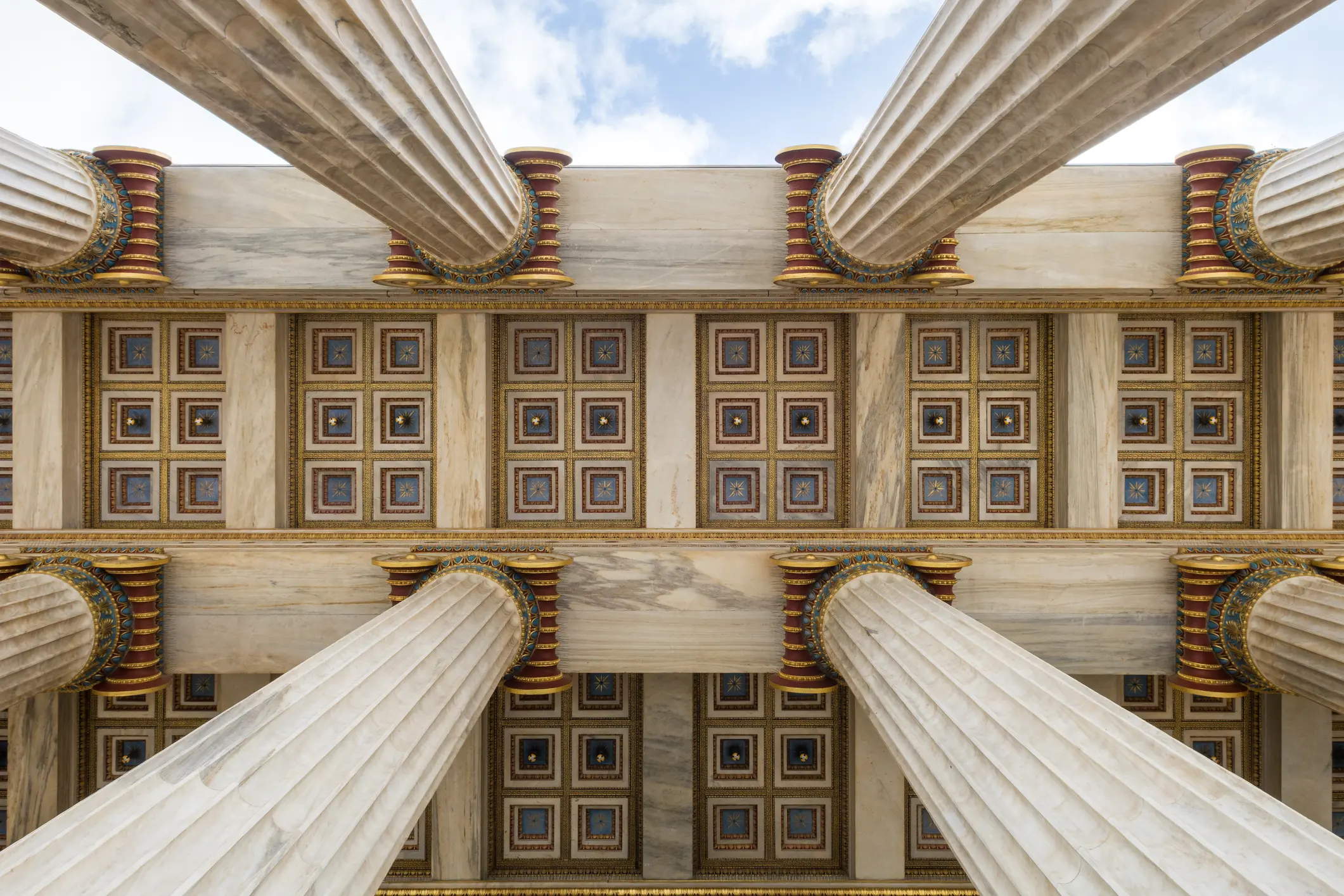
Tax-Efficient Investing: Strategies to Keep More of Your Wealth
October 11, 2024
Managing your investments isn’t just about choosing the right stocks, bonds, or mutual funds—it’s also about keeping as much of your returns as possible. Taxes can significantly erode your investment gains, especially if you don’t have a strategy in place to minimize your tax liabilities. Tax-efficient investing is about maximizing your after-tax returns by using smart strategies to reduce your tax burden.
In this blog, we’ll discuss some key tax-optimization strategies, such as tax-loss harvesting, using tax-advantaged retirement accounts, and charitable giving, that can help you preserve more of your wealth.
1. Tax-Loss Harvesting: Turning Losses into Savings
Tax-loss harvesting is a powerful strategy that allows you to use investment losses to offset gains and reduce your taxable income. Here’s how it works: If an investment in your portfolio decreases in value, you can sell it at a loss and use that loss to offset gains from other investments. If your losses exceed your gains, you can use up to $3,000 of the excess to reduce your taxable income. Any additional losses can be carried forward to future years.
Example: Let’s say you sold an investment for a $10,000 gain earlier in the year. Later, you sell another investment at a $5,000 loss. By applying tax-loss harvesting, you can offset that $10,000 gain with the $5,000 loss, meaning you’ll only be taxed on the $5,000 net gain instead of the full $10,000.
How to optimize:
- Regularly review your portfolio to identify opportunities for tax-loss harvesting, particularly in years when you’ve realized significant gains.
- Be mindful of the “wash-sale rule,” which disallows a loss deduction if you buy the same or a substantially identical security within 30 days before or after the sale.
By strategically timing your losses, you can lower your overall tax bill, keeping more of your investment returns in your pocket.
2. Using Tax-Advantaged Retirement Accounts
One of the most effective ways to grow your wealth while minimizing taxes is by using tax-advantaged retirement accounts, such as a 401(k), IRA, or Roth IRA. These accounts offer significant tax benefits that can enhance your long-term investment growth.
Traditional 401(k) and IRA
Contributions to traditional 401(k) plans and IRAs are tax-deductible, meaning they reduce your taxable income in the year you make them. This allows you to invest pre-tax dollars and defer taxes on your investment gains until you withdraw the funds in retirement. Since many people are in a lower tax bracket in retirement, this can result in substantial tax savings.
Example: If you contribute $6,500 to a traditional IRA, that $6,500 reduces your taxable income for the year. Additionally, any growth within the account is tax-deferred until you take distributions in retirement.
Roth 401(k) and Roth IRA
While contributions to Roth 401(k)s and Roth IRAs are made with after-tax dollars, the growth and withdrawals are tax-free, provided you meet certain conditions. This makes Roth accounts an excellent option for individuals who expect to be in a higher tax bracket during retirement or want to avoid paying taxes on future investment gains.
Example: If you contribute $6,500 to a Roth IRA, you don’t get a tax deduction now, but all future earnings and withdrawals will be tax-free, assuming you meet the account’s requirements.
How to optimize:
- Max out your contributions to tax-advantaged accounts each year. For 2024, the contribution limit for 401(k)s is $23,000, and for IRAs, it’s $6,500, with additional catch-up contributions allowed for those 50 or older.
- Consider a mix of traditional and Roth accounts to diversify your tax exposure in retirement.
By leveraging retirement accounts, you can grow your wealth on a tax-deferred or tax-free basis, allowing your investments to compound more efficiently over time.
3. Charitable Giving: Maximize Tax Benefits While Supporting Causes You Care About
Charitable giving not only allows you to support causes that matter to you but also offers several tax benefits. There are a few ways you can use charitable donations to reduce your tax burden:
Donating Appreciated Assets
Rather than donating cash, consider donating appreciated assets—such as stocks, mutual funds, or real estate—to a qualified charity. By doing so, you can avoid paying capital gains taxes on the appreciation while also receiving a tax deduction for the full market value of the donation.
Example: If you purchased stock for $5,000 and it has appreciated to $15,000, you can donate the stock directly to a charity. Not only do you avoid paying taxes on the $10,000 gain, but you also receive a deduction for the full $15,000 market value, provided you itemize deductions.
Qualified Charitable Distributions (QCDs)
For individuals aged 70½ or older, qualified charitable distributions (QCDs) are another tax-efficient way to give. QCDs allow you to donate up to $100,000 per year directly from your IRA to a qualified charity. These donations count toward your required minimum distributions (RMDs) and are excluded from your taxable income.
Example: If you’re required to take an RMD of $20,000 from your IRA but don’t need the income, you can make a $20,000 QCD to a charity. The distribution satisfies your RMD requirement but isn’t included in your taxable income, reducing your tax bill.
How to optimize:
- Keep records of your charitable donations to ensure you can claim deductions when you itemize.
- Consider establishing a donor-advised fund (DAF) to maximize the impact of your charitable giving. DAFs allow you to make a charitable contribution, receive an immediate tax deduction, and recommend grants to your favorite charities over time.
Charitable giving is a win-win strategy that allows you to support important causes while receiving valuable tax benefits.
4. Holding Investments for the Long Term
Holding investments for more than a year can result in significant tax savings due to the lower tax rates on long-term capital gains compared to short-term gains. Short-term gains—on investments held for less than one year—are taxed at ordinary income tax rates, which can be as high as 37%. In contrast, long-term gains are taxed at a lower rate of 0%, 15%, or 20%, depending on your income level.
How to optimize:
- Prioritize long-term investments over short-term trades to benefit from lower capital gains tax rates.
- When considering selling investments, assess whether holding them for longer will move the gains into the long-term capital gains category.
By holding onto investments for the long term, you can reduce the amount of taxes you pay on your gains, allowing more of your money to stay invested and grow.
Key Takeaways
Tax-efficient investing is a crucial part of wealth management that can significantly enhance your long-term financial success. By implementing strategies like tax-loss harvesting, maximizing tax-advantaged retirement accounts, making charitable donations, and holding investments for the long term, you can minimize your tax liabilities and keep more of your wealth.
At First Western Trust, we help clients build and manage tax-efficient investment strategies that align with their unique financial goals. Whether you’re just starting to think about tax optimization or looking to fine-tune your existing strategy, our team of expert advisors can help you preserve and grow your wealth.
Investment Services are Not a deposit, Not guaranteed by the Bank, May Lose Value
First Western Trust Bank cannot provide tax advice. Please consult your tax advisor for guidance on how the information contained within may apply to your specific situation.












